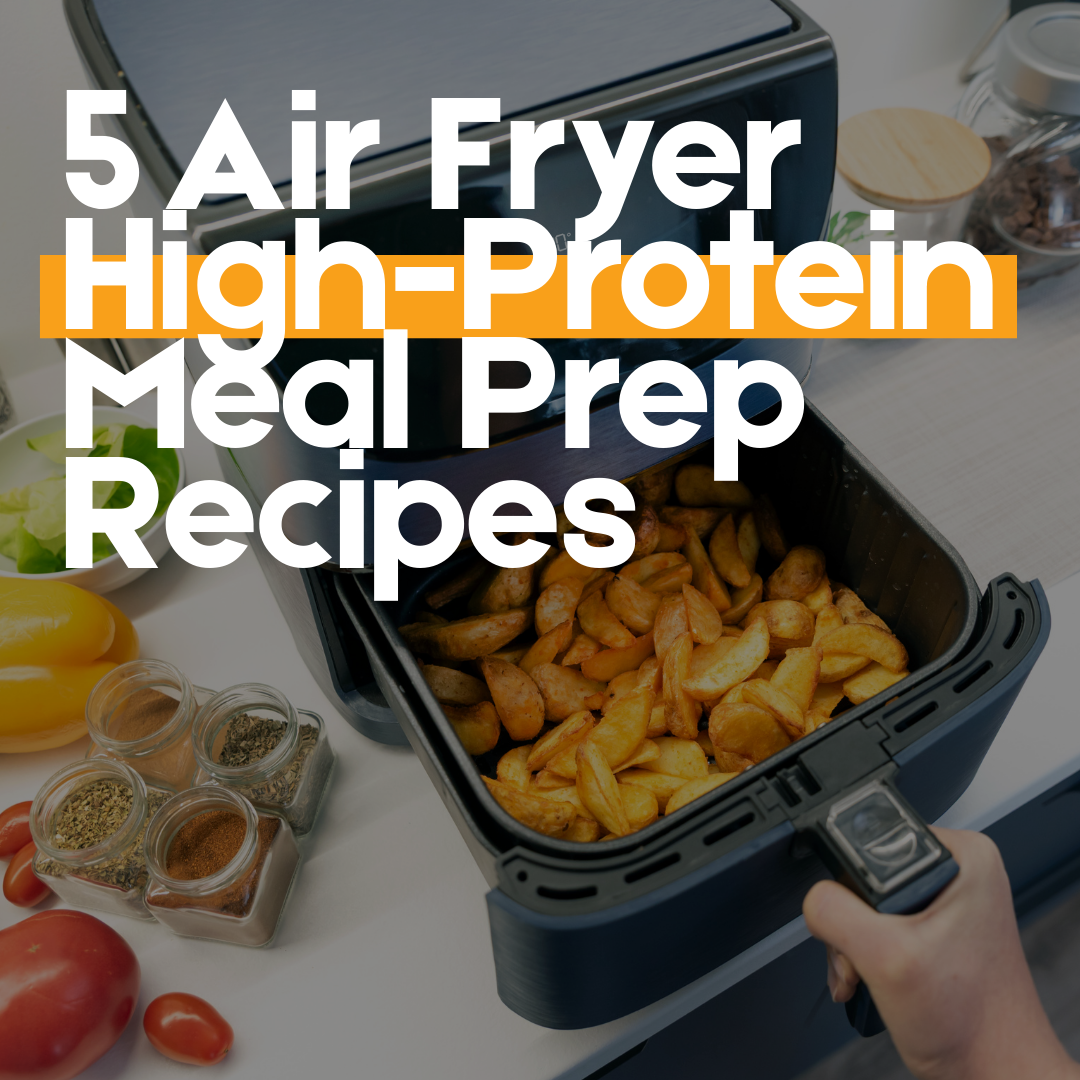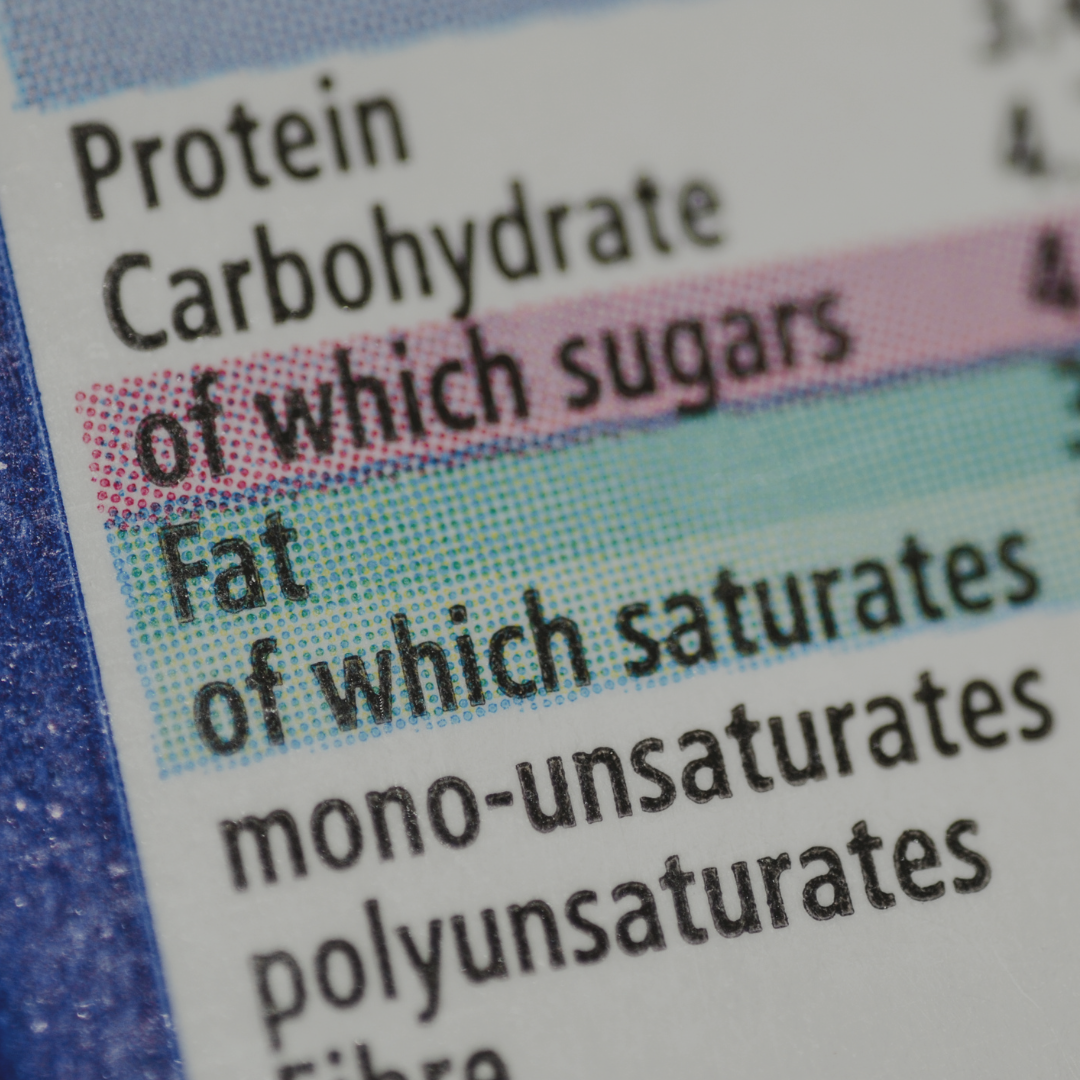The Macro Cheat Sheet You Need to Stay on Track
You can also use our TDEE calculator here
When it comes to fitness, fat loss, and building muscle, most people focus on calories—but macronutrients (protein, carbs, and fats) are just as important. Tracking macros helps you eat the right balance of foods to fuel workouts, preserve muscle, and burn fat without feeling restricted.
Here’s a simple cheat sheet you can use to quickly calculate, track, and adjust your macros based on your goals.
⚖️ Step 1: Figure Out Your Calorie Needs
Before you split into macros, you need your daily calorie intake:
-
Maintenance Calories: Body weight (lbs) × 15
-
Fat Loss Calories: Body weight (lbs) × 12
-
Muscle Gain Calories: Body weight (lbs) × 17
👉 You can also use our TDEE calculator for a more precise number.
(Example: A 180 lb person wanting fat loss → 180 × 12 = ~2,160 calories/day)
🍗 Step 2: Set Your Macro Ratios
Here’s a cheat sheet for splitting your calories:
For Fat Loss
-
Protein: 35–40%
-
Carbs: 30–35%
-
Fat: 20–25%
For Muscle Gain
-
Protein: 25–30%
-
Carbs: 45–50%
-
Fat: 20–25%
For Maintenance
-
Protein: 30–35%
-
Carbs: 40–45%
-
Fat: 20–25%
Need help? The NASM guide on macros explains why these ratios work for different goals.
🥩 Step 3: Convert to Grams
-
Protein & Carbs = 4 calories per gram
-
Fats = 9 calories per gram
(Example: 2,160 calories for fat loss at 40% protein, 35% carbs, 25% fat)
-
Protein = 864 cal ÷ 4 = 216g
-
Carbs = 756 cal ÷ 4 = 189g
-
Fat = 540 cal ÷ 9 = 60g
You can double-check these numbers with macro calculators like Precision Nutrition.
🥑 Macro Cheat Sheet: Best Food Sources
Protein (muscle building & satiety):
Chicken breast, turkey, lean beef
Fish, shrimp, tuna
Eggs & egg whites
Greek yogurt, cottage cheese
Whey protein (best protein powders for beginners)
Carbs (energy & recovery):
Rice, oats, quinoa
Potatoes, sweet potatoes
Beans, lentils
Fruits & vegetables
Whole grain bread or wraps (Harvard nutrition source on carbs)
Fats (hormones & brain health):
Avocado
Nuts & nut butters
Olive oil, coconut oil
Salmon & fatty fish
Seeds (chia, flax, pumpkin)
🔄 Quick Macro Swaps
-
Swap tortilla chips → baby carrots or rice cakes
-
Swap soda → flavored sparkling water
-
Swap beef burger → turkey or chicken burger
-
Swap fried chicken → air fryer chicken breast
-
Swap ice cream → Greek yogurt + fruit
📝 Pro Tips for Success
-
Hit protein first – it’s the hardest macro to reach and the most important for preserving muscle during fat loss.
-
Don’t fear carbs – they fuel workouts and aid recovery.
-
Use MyFitnessPal or Cronometer to track easily.
-
Plan meals ahead – meal prep keeps macros consistent.
-
Be flexible – it’s about long-term consistency, not perfection.
✅ Final Thoughts
Tracking macros doesn’t have to be overwhelming. With this macro cheat sheet, you’ll know how many calories you need, how to split them, and the best foods to hit your numbers. Whether your goal is fat loss, muscle gain, or maintenance, this guide keeps nutrition simple and sustainable.
For more resources, check out the Academy of Nutrition and Dietetics for expert advice on fitness nutrition.
Read more

If you’re trying to hit your protein goals, stay on track with fat loss or muscle gain, and still save time during the week, air fryer meal prep is a game-changer. Instead of cooking every night, y...

Joint and tendon pain can hold you back from training and daily life. Learn effective recovery strategies—from rest and nutrition to therapy and lifestyle changes—that promote healing and reduce pain.

